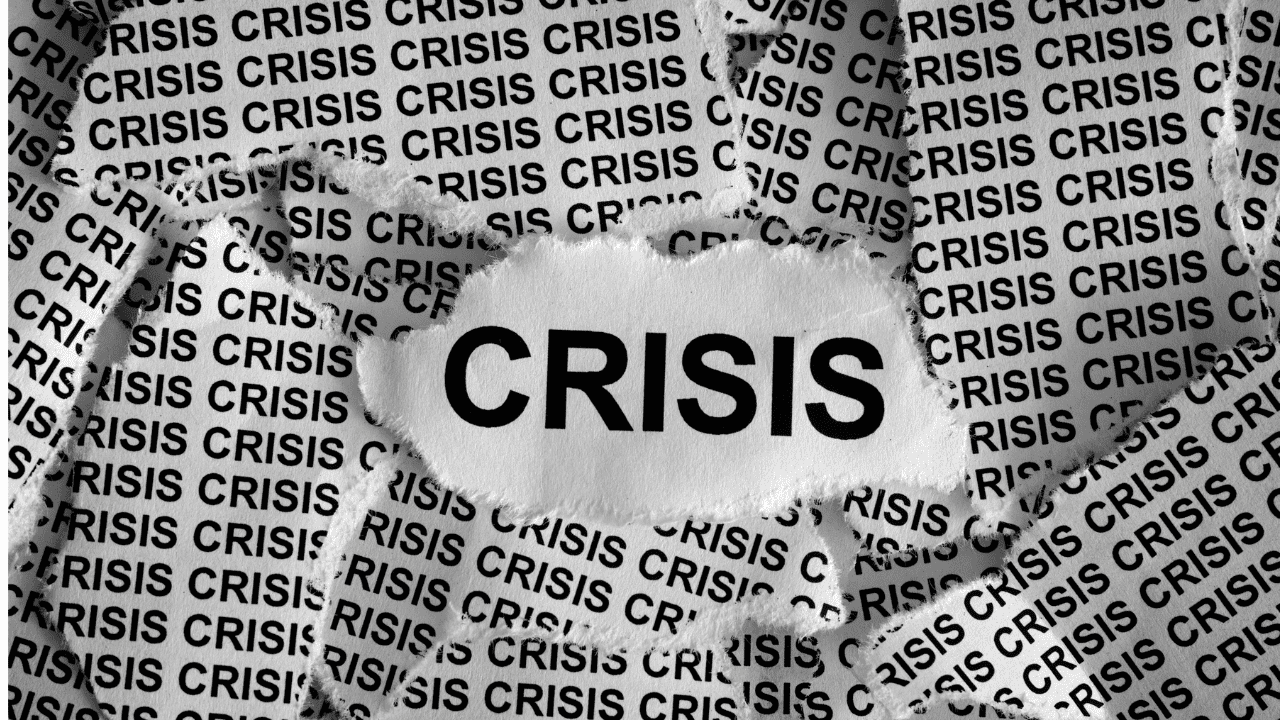
Australia’s rental market is in the midst of a crisis, with many renters struggling to find affordable accommodation. The crisis is particularly acute in urban areas, where demand far outstrips supply, leaving renters at the mercy of landlords who can charge high rents and impose strict rental terms.
What has caused the Australia’s Rental Crisis?
During the COVID pandemic, the lack of rental housing was temporarily alleviated when international students and workers were restricted from living in Australia. This led to a rise in vacancy rates, with Sydney reaching 4% (and 16.2% in the CBD) and Melbourne reaching 4.7% in May 2020. However, as international arrivals began to climb again from November 2021, reaching 1.07 million in September 2022, and international student arrivals grew from 230 to 40,650 in August 2022, the demand for rental housing increased, leading to a drop in vacancy rates. While this is not the main cause of the current housing affordability stress, it is a contributing factor, and as Australia’s borders continue to reopen, the demand for rental housing is likely to remain high.
The root of the problem lies in a range of factors, including a growing population, rising living costs, and stagnant wages. With more people seeking rental housing, demand has skyrocketed, while supply has failed to keep pace. This has given landlords a great deal of leverage, allowing them to charge higher rents and impose more stringent rental terms.
One significant factor is the lack of adequate housing to accommodate the nearly one million new households formed between the 2016 and 2021 Census, with only 198,000 new dwellings constructed each year. This shortfall is compounded by a 17.1% increase in single-person households due to relationship breakdowns and COVID lockdowns. As the rate of household formation outpaces the supply of new dwellings, demand for rental housing continues to rise, exacerbating the crisis.
How can we fix the rental crisis?
The rental crisis in Australia is a complex issue that requires a range of solutions. Here are some potential ways to address the problem:
- Increase the supply of rental housing: One solution is to build more rental housing to meet the growing demand. This could involve encouraging developers to build more rental properties by offering incentives, such as tax breaks or subsidies.
- Increase the availability of social and affordable housing: The government can play a key role in increasing the availability of social and affordable housing for those who are most in need. This could involve investing in social housing projects, providing rent subsidies or creating more affordable rental properties.
- Address the issue of foreign investment: The government could consider introducing policies to restrict foreign investment in the housing market, which can drive up prices and reduce the availability of rental housing.
- Regulate short-term rentals: Short-term rentals, such as Airbnb, can reduce the availability of rental properties and drive up prices. The government could introduce regulations to limit the number of short-term rentals and ensure they are registered and taxed appropriately.
- Increase tenants’ rights and protections: Tenants’ rights and protections can play a key role in ensuring affordable and secure rental housing. This could involve introducing regulations to prevent unfair rent increases, protect against discrimination and ensure landlords meet their obligations.
These are just a few potential solutions to the rental crisis in Australia. Ultimately, addressing this issue will require a collaborative effort from government, developers, landlords, and tenants.
What’s next?
The rental crisis in Australia is a multi-faceted issue that requires a range of solutions. The lack of affordable and available rental housing has led to significant challenges for many Australians, particularly those on low incomes or with limited housing options. Addressing this issue will require a collaborative effort from all stakeholders, including the government, developers, landlords, and tenants. Building more rental housing, increasing the availability of social and affordable housing, regulating short-term rentals, and improving tenants’ rights and protections are just some of the potential solutions that could help to alleviate the rental crisis. Ultimately, it is crucial that we work together to find sustainable, long-term solutions to ensure that everyone has access to safe, secure, and affordable rental housing.
If you’re in the market for a rental, check out our available listings here.
If you are a property investor looking to rent out your property soon, get into contact with our team for a free rental appraisal today.








